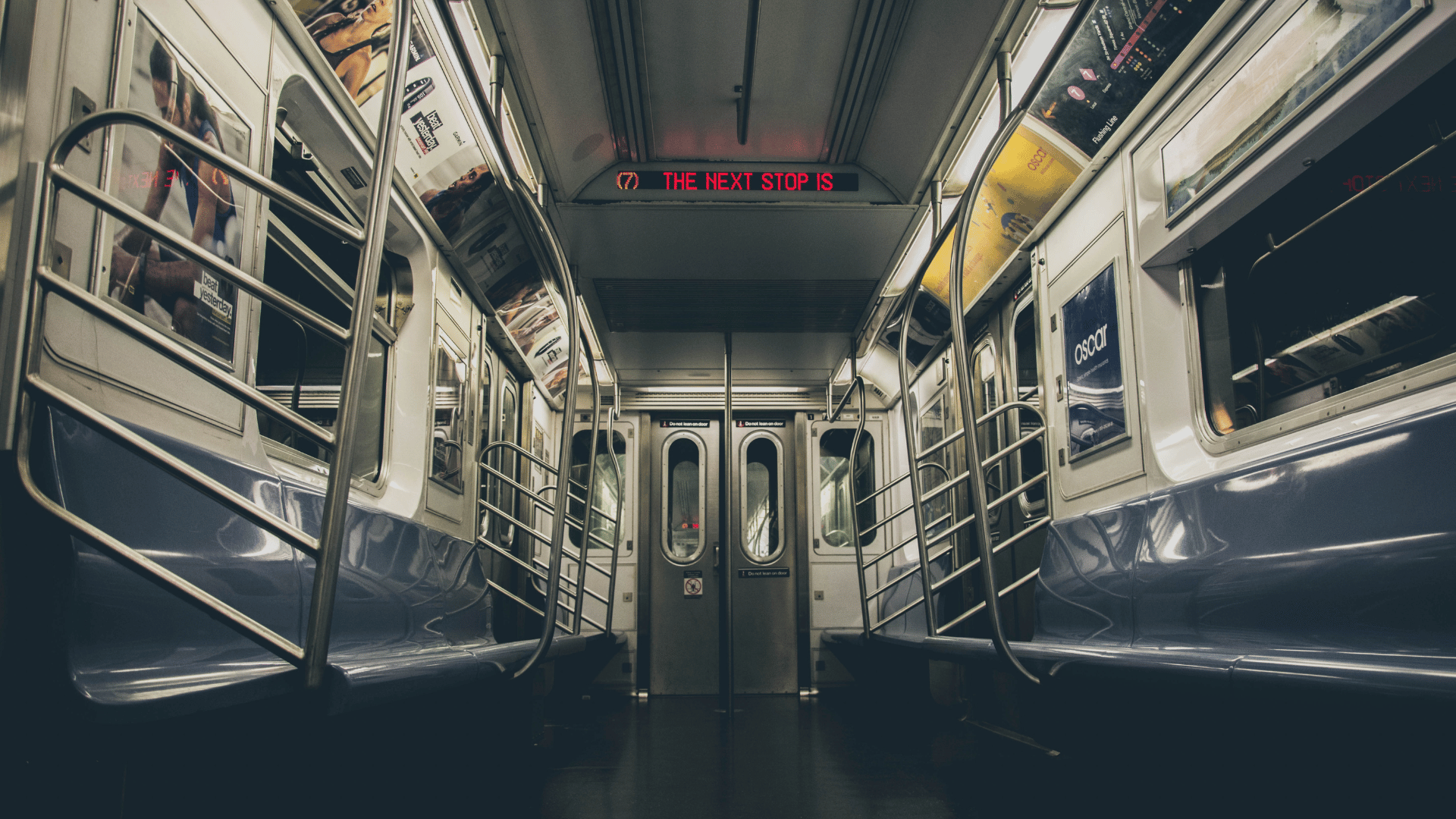Over 120 million people worldwide commute by subway each day, and this figure is expected to rise further because, according to UN estimates, 75% of the world's population will live in cities by the year 2050. Subway systems are essential for city residents' mobility, but they can also significantly lower outdoor air pollution in major cities by lowering the use of motor vehicles.
Public transportation should be preferred over private vehicles in order to reduce emissions into the atmosphere from cities; subway systems are particularly advantageous in this regard. Given that half of the world's population now lives in cities, subways are essential for transportation with areas with heavy traffic congestion, a necessity that will only grow in significance over time.
In the Philippines, Under the Manila Metropolitan Area's Urban Transport Study, the concept of constructing a Metro Manila subway system was first put forth in 1973.
When the JICA (formerly the Overseas Technical Cooperation Agency, or OTCA) and former Secretary of Public Works and Highways David Consunji conducted a study on what would later become Metro Manila (formally constituted on November 7, 1975), the idea of building a subway in the Greater Manila Area had been forwarded as early as 1973. The 1973 plan was dubbed the Urban Transport Study in Manila Metropolitan Area. It was also suggested to be included in the World Bank-funded 1977 Metro Manila Transport, Land Use and Development Planning Project (MMETROPLAN). However, because some of the areas included in the plan—like Marikina and Cainta—are vulnerable to flooding, the plan was not included and implemented. The Manila Light Rail Transit System Line 1, which was constructed in its place, began service on December 1, 1984, and was finished on May 12, 1985.
The Metro Manila Subway is now underway. The project will be carried out under several contract packages (CP) in two stages. While the second phase will cover the north and south zones, the first phase will cover the central zone in the North Capital Region between Valenzuela and Paranaque.
The details of Metro Manila Subway Project
To secure a right-of-way for the project, DOTr teamed up with the Department of National Defense – Armed Forces of the Philippines (DND-AFP) in December 2020. According to the agreement, MMSP will use 50,000 m² of DND-AFP land, 60,000 m² of land for tunneling, and 55,000 m² for temporary work.
The first 7.3 km of the project, which connects the depot in Valenzuela City to the northern part of Metro Manila, is covered by MMSP contract package (CP) 101. This section includes the depot, three stations, and six shield tunnels that link the stations.
The digging of the tunnel started in January 2023. Six subterranean tunnels with an inner diameter of 6.1 meters and a total length of 9.5 kilometers will be built as part of the tunneling project. Up to six earth pressure balance tunnel boring machines (TBMs) will be used in this project.
Two MMSP stations, Quezon and East Avenues, are being built as part of CP102. In April 2023, work on the same project got underway. The central business district of Quezon City, as well as public and private institutions, will be accessible to commuters via CP102.
Building the Camp Aguinaldo station, which will link the Anonas and Camp Aguinaldo stations to other stations and Ninoy Aquino International Airport terminals, is part of CP103 of the MMSP. November 2021 marked the start of the station's pre-construction phase.
Two subway stations and tunnels at Ortigas North and South are being built as part of CP104. On the other hand, CP105 entails tunnel construction as well as the building of two stations: the Bonifacio Global City (BGC) terminals in Taguig City and the Kalayaan terminal in Makati City.
Track works as well as mechanical and electrical systems are part of CP106. CP107 covers the design, procurement, installation, construction, testing, and commissioning of thirty eight-car train sets or 240 train cars for MMSP. The Lawton to Senate tranche construction is included in CP108, and the spur line connecting to the NAIA Terminal 3 station is included in CP109.
Metro Manila Subway Route
Three routes were suggested, and only the Katipunan route made the short list. The route will connect the FTI station in Taguig and the NAIA Terminal 3 in Pasay with the Quirino Highway station in Quezon City. The subway will run from Mindanao Avenue in the northern region of Metro Manila to Western Bicutan, the site of NAIA, in the southern region.
The subway system, which covers Valenzuela (the depot), Quezon, Pasig, Makati, Taguig, and a small area of Paranaque City, can travel at a maximum speed of 80 km/h. In thirty minutes, it will pass through three business districts and seven local governments. There will be two functional stations among the 17 along the North-South Commuter Railway line.
The first three stations under phase one will be Quirino Highway-Mindanao Avenue Station, Tandang Sora Station, and North Avenue Station. For improved connectivity, the Manila subway will be linked to the Common Station, PNR Clark, and PNR Calamba main rail lines.Additionally, it will have a spur line that runs up to NAIA to provide passengers with better connectivity.
The current phase of the Metro Manila Subway Project
As of January 2024, the Philippines' first underground mass transit system had a 40% overall project implementation progress rate, putting it nearly halfway completed. During last February's Metro Manila Subway Project (MMSP) site inspection, the Department of Transportation (DOTr) announced the news.
The Department of Transportation (DOTr) is in consultation with the Department of Finance (DOF) and the National Economic and Development Authority (NEDA) regarding the examination of draft documents related to the loan agreement offered by the Japan International Cooperation Agency and the Japanese government. With the support of Japan International Cooperation Agency, target year of completion is 2029.
In addition, they offered their support for keeping the project moving forward on schedule while the DOTr takes care of the right-of-way concerns.
It should be recalled that the MMSP's real construction didn't start until January 2023, when some landowners refused to give the state their property due to right-of-way concerns.
In order to finish determining said projects by the third quarter, the Department of Transportation (DOTr) is acquiring the right-of-way (ROW) for the final three contract packages (CP) of the 33-kilometer Metro Manila Subway. Transportation Secretary Jaime Bautista informed the media that in order to prevent "prolongation cost," or expenses associated with construction delays, they planned to quickly secure all ROW requirements for the underground railway.
The third tranche of the financing agreed upon by the parties, a P55.7 billion loan, is currently being worked on by the government and Japan International Cooperation Agency to be released this month to fund the project.
The DOTr launched the tunnel boring machine on Thursday in order to begin work on the CP 101 tunnel between the Tandang Sora and North Avenue stations. According to Bautista, tunnel construction will begin in three months and should be finished in twelve.
In a press briefing by the Secretary of Finance, it is noted that we will be able to save roughly 2.5 billion pesos every day or 930.26 billion pesos annually thanks to the Metro Manila Subway's direct economic benefits, which include lower car expenses, shorter travel times, and lower carbon emissions. By itself, the metro's subway system will considerably reduce the financial losses brought on by traffic jams.










